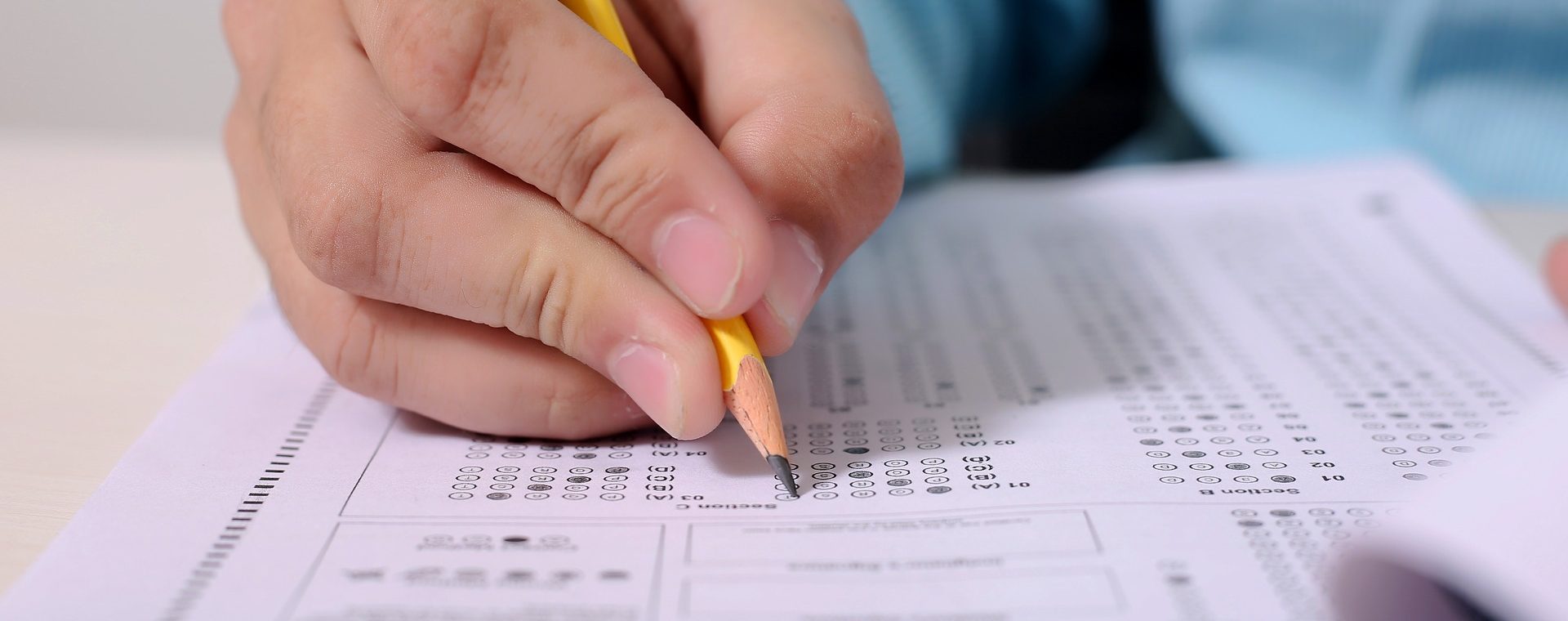
Co-authored by Ameena Hussain, Audrey Giacomini, Thana El-Sallabi, Chelsea Waite, Rebecca Warren, Jaya Ramchandani, and Shaun McInerney.
Changes in education are taking place in response to the deepening challenges we see in the world: social division, accelerated globalization, ecological emergency, technological advancement, and increased knowledge in neurosciences. Job markets are less predictable and the economy is less stable. For young people today, the future is more uncertain than ever. Emerging models of education rightly challenge the status quo of an industrialized and standardized archetype that has dominated the last century.
What we measure sends a strong signal about what we value. We should move away from measuring school success and student progress through test scores or comparing students against arbitrary averages.
As Chris Edwards, CEO of Green School New Zealand puts it: “If you walked into a shoe shop with size eight feet and discovered the shoe shop only sold size five shoes, you’d be more than disappointed. But many of our education systems only sell size five. Good for you if you happen to fit this leaky old slipper, and tough luck if you don’t. All children have gifts: let us create environments that allow those gifts to emerge and flourish.”
WISE and UWC (United World Colleges) came together as part of SKOLL Ecosystem events to brainstorm how to create environments that nurture the type of innovation that truly empowers learning. Jaya Ramchandani from UWC Japan, Chelsea Waite from the Christensen Institute, and Shaun McInerney from UWC Atlantic shared insights from their experience and then opened the discussion to participants.
Below are the main takeaways from the workshop:
1 – The best of current practices in 21st-century learning:
Many ways of learning don’t fall into the factory model but develop the skills that students need both in the ‘here and now’ as well as for future success. Students require agility, the ability to learn, re-learn, un-learn, and to create their own pathways. Educator roles need to adapt and shift depending on context, and aligned to co-creation with students.
We look towards:
- Self-directed learning
- Inquiry and use of out-of-school sources of expertise
- Product-oriented assessment and exhibitions of learning
- Skills development
- Community and cooperative practices
- Ability to navigate systems and complexity
- Agency and advocacy
2 – Relationships as both fundamental for learning and an outcome of learning:
Research has long shown the critical role of relationships for learning, whereby supportive mentors, and collaborative partners and individuals who nurture the whole being, help determine how successful a student will be. But relationships should also be an outcome of a quality education, whereby they aren’t just a nice-to-have for learning, but are supported through designs and models that ensure they’re deliberately nurtured and outlast one-time interventions.
“Our research at the Christensen Institute highlights not only the need to conceive of relationships as an outcome, but one worth measuring,” said Waite. “After all, it’s usually what gets measured that gets done.” Three dimensions that should be measured in establishing relationships as outcomes are the quantity, the quality, and the diversity of those relationships. Building this web of connections for students helps ensure that the opportunities sitting at the cross-section of what they know and whom they know are within their reach.
3 – Aspiration for our collective and planetary wellbeing
The future of our own and other species’ health and survival is at a critical point and requires both local and global solutions and cooperation. Never before has it been so essential to ensure that the young people we educate take a role in shaping a better tomorrow. Sustainable development, peacebuilding, and critical civic engagement need to be at the heart of education. We need to nurture the ability to think and work with complexity, and help students develop compassionate integrity. How do students articulate this sense of purpose and how can we see it reflected both in the curriculum as well as into the fabric of every institution in its relationships, culture, and structures?
4 – Evaluation that embodies the values it proposes
The process of evaluation must itself be the change we wish to see: transformative, compassionate, nuanced, and growth-oriented. Low standards are a problem, but more damaging is the time, energy, and emotional damage to faculty, and therefore students, in fulfilling inspection criteria that are contrary to our educational aspirations.
Systems are tough to change and when we look at the factors that prevent change there are many. However, as we have seen from the response across the education world to the current COVID-19 crisis, when educators need to adapt, they do! This time of crisis brings about an opportunity for renewal. We can provide the fertile ground for change by adequately responding to updated knowledge and our current context. Start to count what counts when we evaluate schools!
It is time to reconsider purpose, to let go of what is out of date, and to embrace innovation.


